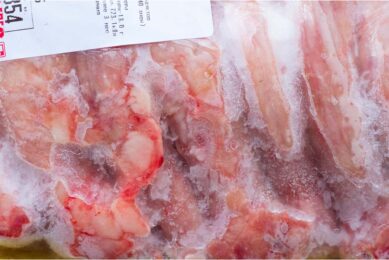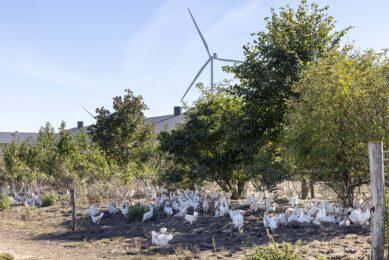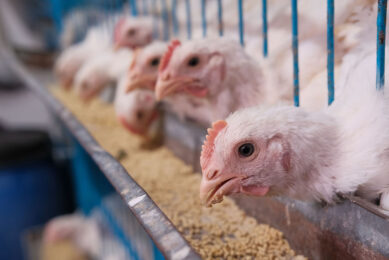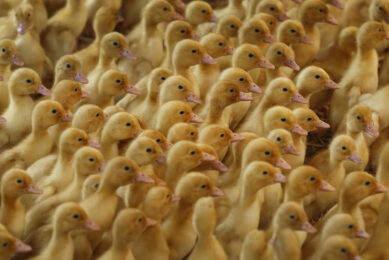Ducks on the front line of eco-friendly pest control
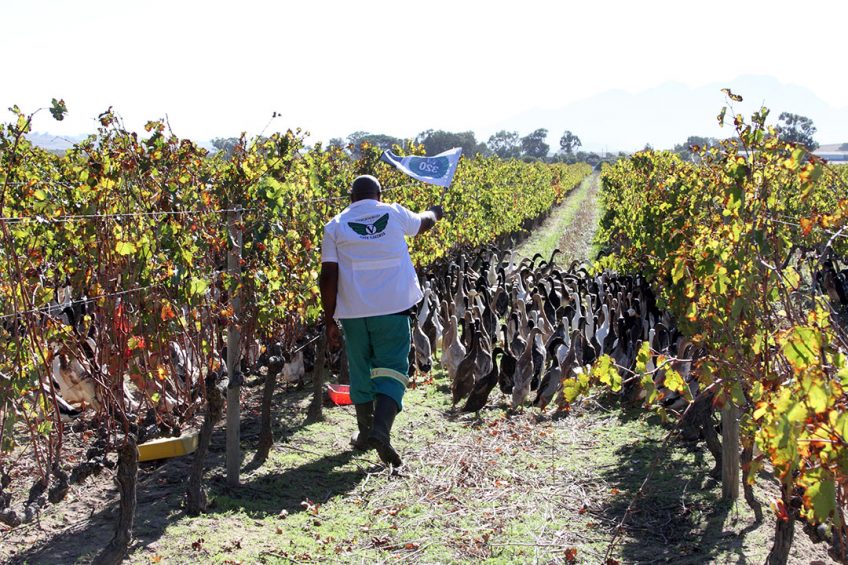
A wine farm in South Africa has an enthusiastic team of over 1,600 Indian Runner Ducks. Integral to the quality of their wines, the ducks form part of a natural pest control solution.
Originally a cattle farm, Vergenoegd Löw The Wine Estate with its charming 18th century aesthetic has a rich history and is today a national monument in Cape Town, South Africa. Every process on the farm is designed with a deep respect for the land and every creature that calls it home, earning the farm the honour of carrying the WWF Conservation Champion status.
The farm’s Indian Runner Ducks are part of the estate’s natural pest control and forage in the vineyards on snails and other insects essentially allowing the vineyard to use considerably less insecticides than typically used in wine farming.
Country Focus
South Africa launches poultry masterplan
How this duck story begun…
The story goes that as a young boy, John Faure, the previous owner of the estate, wanted some chickens and a small vegetable garden. He wanted to sell his fresh produce and the eggs from his chickens to his parents in exchange for some pocket money. His patience ran dry waiting for his chickens to lay eggs so he swapped his chickens for a few ducks with a school friend. These ducks proved to be wonderful for pest control as they ate the snails in his vegetable garden. It didn’t take long for John to question why ducks couldn’t be used as pest control on the vines as well. Snails proved to be a real problem, especially during the Spring when the vines were budding.
Why the Indian Runner Duck?
John’s interest in ducks flourished and he enjoyed learning about the different breeds, particularly the Indian Runner Duck which are longer, taller, slimmer and faster than other breeds. They walk rather than waddle making them far more efficient at covering ground. Indian Runner Ducks were utilised in the East by rice farmers. They help clear the rice paddies of vermin and while ignoring the rice, would effectively hunt the insects and snails, which, if left unchecked, could ruin an entire crop.
Using geese as protectors
The ducks enjoy a prominent status on the estate today. In addition to the Runner Duck wine range, the estate is also home to a gaggle of geese, which help protect the ducks and their eggs from predators, such as birds of prey.
Also interesting: South Africa: Challenges of free-range duck farming
How to distinguish male ducks from female ducks
Once Runner Ducks are 6 – 8 weeks old, it becomes possible to distinguish the males from the females by listening to their voices. Females are the only ones who can make the distinctive, loud “quacking” sound for which ducks are famous. The males, or “drakes”, can only make a much quieter, whispering sound.





